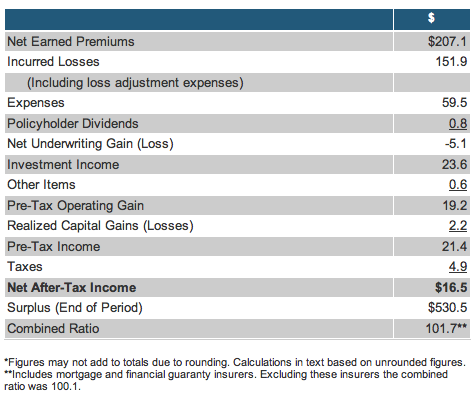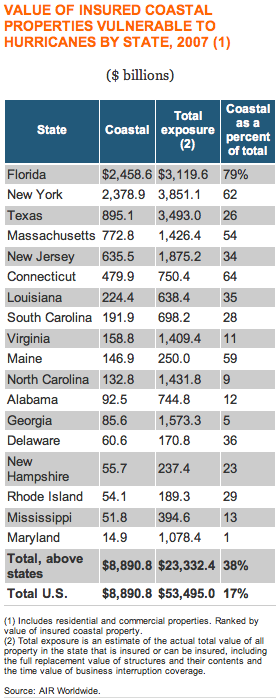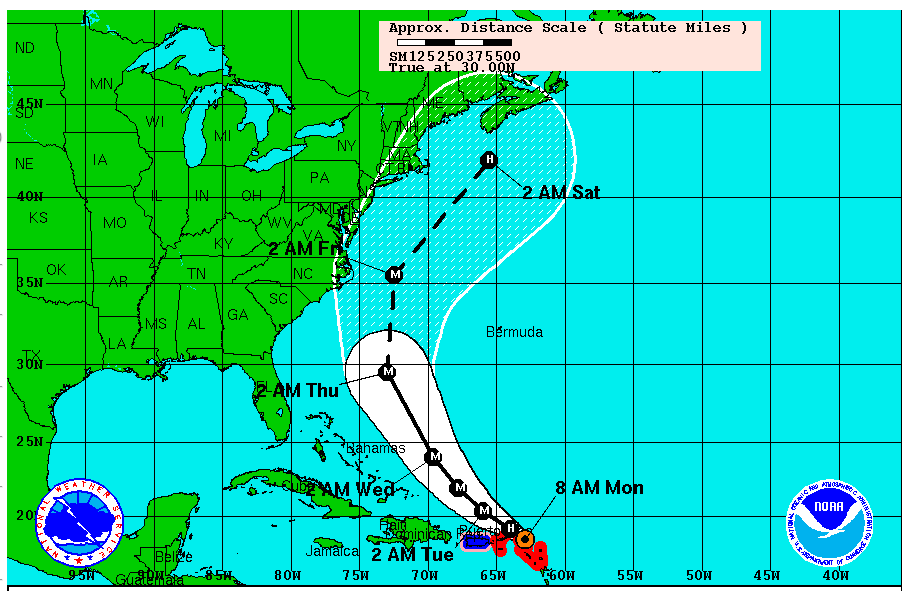
2010 marks the 100th anniversary of workers compensation. That’s right — that little program that ensures that a worker will be paid if he or she is injured on the job now officially dates back a century.
These days, everyone is familiar with workers comp and we may even take it for granted sometimes.
Nancy Hamlet, senior vice president of Healthcare Solutions, wrote a feature for the November issue of Risk Management magazine (available online November 1st) that explores the long history and evolving future of workers comp. She notes that the first statewide workers comp law was adopted in Wisconsin in 1911, but “scholars have found evidence that the concept of formalizing payments to injured workers existed as early 2050 BCE.” Hamlet added:
The early Greeks, Romans, Arabs and Chinese all had compensation schedules for certain losses as well. For example, an Arab who lost a finger received more than someone who lost a thumb; the value of a lost ear was calculated based on its surface area.
Workers comp has (thankfully) evolved into a system that delivers value to both employers and employees by striving for fair compensation for workplace injuries. Workers comp systems vary from state to state, however. The Insurance Information Institute (III) has penned a lengthy article on the current state of workers comp in America (available online). The article examines some recent state activities, including:
Oklahoma: In an effort to make the state more attractive to new business, Oklahoma legislators passed a number of workers compensation bills in May, including HB 2652, which would modify the workers compensation court, effective November 2010. Oklahoma is one of a handful of states where the courts administer the workers compensation system.
buy clomiphene online https://www.rhythmedix.com/wp-content/uploads/2023/10/jpg/clomiphene.html no prescription pharmacyAmong other things, it will reduce the number of judges on the court, require them to have at least five years of workers compensation experience prior to appointment and require Senate confirmation for new judges appointed by the Governor to fill vacancies.
buy prevacid online https://www.rhythmedix.com/wp-content/uploads/2023/10/jpg/prevacid.html no prescription pharmacyIn addition, it would extend their terms from six to eight years.
Texas: A pilot return-to-work program, adopted as part of comprehensive workers compensation reforms that took place in 2005, has now been made permanent. The program, which was designed to promote early and sustained return to the workplace after a work-related injury, reimburses an employer with less than 50 employees for expenses incurred in making workplace modifications so that the injured employee can return to the work. Maximum reimbursements, which under the pilot program were $2,500, have been raised to $5,000. Insurers are required to inform policyholders of the existence of the program.
New York: In accordance with the provisions of the 2007 workers compensation reform bill, employers who establish a safety incentive program, a return-to-work program and a drug and alcohol prevention program will be eligible to receive premium credits. Employers setting up safety programs that conform to the regulations issued by the Commissioner of Labor or a return-to-work program will receive a 4% credit in the first full year and a 2% credit each consecutive year. Drug and alcohol prevention programs are eligible for 2% premium credits.
Florida: In May 2009 lawmakers passed HB 903 in response to a state Supreme Court decision that reinstated hourly attorneys’ fees. Hourly fees had been the largest cost driver in the state’s workers compensation system. Under the new law, attorney fees in workers compensation cases will now return to the sliding scale set out in reform legislation passed in 2003. As a result, the 6.4% workers compensation rate increase imposed in April after the ruling was rescinded, and the 18.6% rate decrease that would have taken effect before the ruling was reinstated in July 2009. Rates declined again effective July 2010, the eighth consecutive drop, bringing the overall rate decrease since the reforms were passed to 64.7%, according to the insurance commissioner.
California: The Workers Compensation Insurance Rating Bureau is calling for a 29.6% rate increase to take effect in January 2011. A hearing will be held at the end of September. The insurance commissioner rejected the last request for an increase.
The bureau’s recommendations are advisory only. The bureau noted that even with the proposed increase, rates would still be 53% lower than those in effect on July 1, 2003, the year reforms were adopted that have stabilized the system.
Hamlet notices a few more trends, which she includes in her article on the topic. Those are the upward pressure on medical care costs* due to the increasing obesity of Americans and an aging workforce; the growing digitization of medical care records, which will speed the review process and help the injured worker return to worker faster; and the impact of personalized prescription drugs.
*The III notes that spending on medical care for workers comp claims climbed a cumulative 200% between 1993 and 2007.




